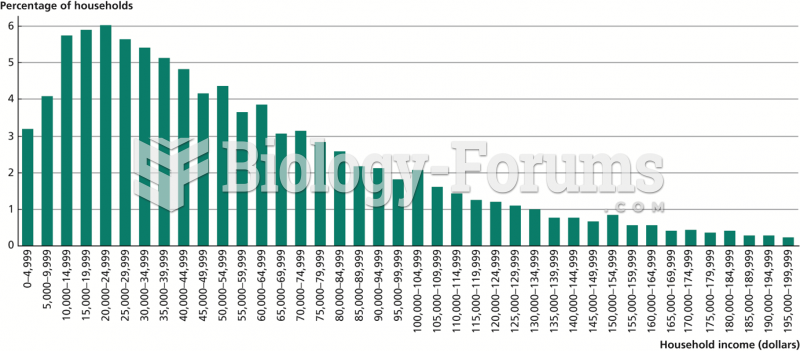Answer to Question 1
The greatest migration of Jews to the United States occurred around the end of the nineteenth centuryand was simultaneous with the great European migration. Because they arrived at the same time does not mean that the movements of Gentiles and Jews were identical in all respects. One significant difference was that Jews were much more likely to stay in the United States; few returned to Europe. Although between 1908 and 1937, one-third of all European immigrants returned, only 5 percent of Jewish immigrants did. The legal status of Jews in Europe at the turn of the century had improved since medieval times, but their rights were still revoked from time to time.
The immigration acts of the 1920s sharply reduced the influx of Jews, as they did for other European groups. Beginning in about 1933, the Jews arriving in the United States were not merely immigrants; they were also refugees. The tyranny of the Third Reich began to take its toll well before World War II. German and Austrian Jews fled Europe as the impending doom became more evident. Many of the refugees from Nazism in Poland, Hungary, and Ukraine tended to be more religiously orthodox and adapted slowly to the ways of the earlier Jewish immigrants, if they adapted at all. As Hitler's decline and fall came to pass, the concentration camps, the speeches of Hitler, the atrocities, the war trials, and the capture of Nazi leaders undoubtedly made all American Jewsnatives and refugees, the secular and the orthodoxacutely aware of their Jewishness and the price one may be required to pay for ethnicity alone.
Answer to Question 2
American Jews play a prominent role in politics as both voters and elected officials. Jews as a group are not typical in that they are more likely than the general population to label themselves Democrat. Jewish voters have always backed the Democrat over the Republican presidential candidate for the last ten elections, with Barack Obama receiving 78 percent of the vote, compared to only 21 percent for the Republican candidate John McCain. The one exception to this pattern of liberalism is gender issues related to the practice of Judaism, particularly among ultraorthodox Jews. Other Jewish religious traditions tend to be very open to egalitarian participation in most aspects of religious ritual, especially when compared to many Christian faiths.
Jews have long been successful in being elected to office, but it was not until 1988 that an Orthodox Jew from Connecticut was elected to the U.S. Senate. Joseph Lieberman refrained from campaigning on the Sabbath (Shabbat) each week; his religious views were not an issue. He went on to be named as the vice presidential running mate of Al Gore. Even during the campaign, he honored the Sabbath and did not actively campaign, even avoiding dialing a telephone to potential supporters. Many view the positive response to his campaign as a sign of openness to devout Jews as political candidates.
As in all subordinate groups, the political activity of Jewish Americans has not been limited to conventional electoral politics. The Jewish community has encompassed a variety of organizations since its beginnings. These groups serve many purposes: some are religious, and others are charitable, political, or educational. No organization, secular or religious, represents all American Jews, but there are more than 300 nationwide organizations.







